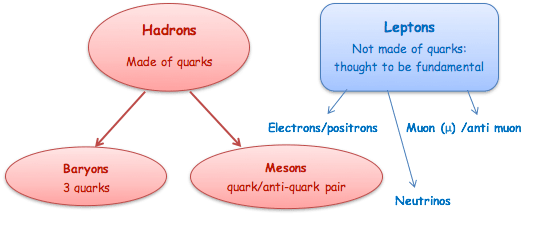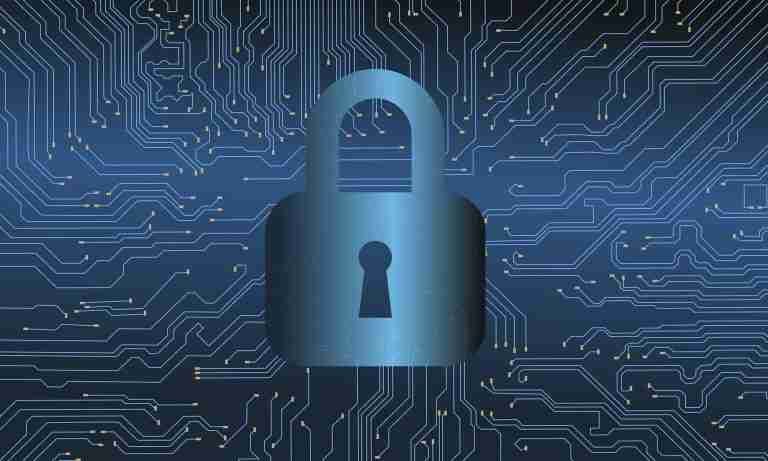Not that I was a Master of Data and things, but the following theory is quite fascinating. Let’s start with my name, Eric Roth, which according to this Binary Translator translates into this in binary code:
01000101 01110010 01101001 01100011 00100000 01010010 01101111 01110100 01101000
The binary code was invented back in 1679 by Gottfried Wilhelm Leibniz and the binary system has become the backbone of every digital system. Computers communicate with each other using the binary digits 0 and 1. Every letter of the text and numbers we type as well as every type of media we share are transmitted at the core level as bits and streams of 0s and 1s only.
Binary Relations
But what if human has not invented anything new with such a duality and the whole universe was built upon similar binary relations only? The answer to the enduring question of the smallest thing in the universe has evolved along with humanity.
- There are only 10 types of people in the world: Those who understand binary, and those who don’t
Closer to truth: The greatest thinkers exploring the deepest questions.
People once thought grains of sand were the building blocks of what we see around us. Then the atom was discovered, and it was thought indivisible, until it was split into subatomic particles to reveal protons, neutrons and electrons inside.
These too, seemed like fundamental particles, before scientists identified hadrons which are categorized into two families:
- baryons which always consist of either 3 quarks or 3 anti-quarks and
- mesons which are made of one quark and one anti-quark (or the antiparticle, the particle of antimatter).
There is also a further set of leptons called tau particles.

“This time we haven’t been able to see any evidence at all that there’s anything inside quarks. Have we reached the most fundamental layer of matter?”
– Andy Parker

In the realm of subatomic particles, protons and neutrons fall under the category of baryons, while pions or pi mesons exemplify mesons.
It’s worth noting that each pion is comprised of a quark and an anti-quark, thus establishing its classification as a meson. This intricate composition sheds light on the fascinating nature of the subatomic world.
If all was made of quarks and anti-quarks (i.e. quark = 1 and anti-quark = 0), the concept of the movie The Matrix strikes as similar?
Standard Model
Perhaps, it’s all just about Vibrating Vibes and of course, I (we) might entirely be wrong because this is just as of today’s Standard Model of particle physics.
“With cyberspace at its fingertips, human may build an artificial, virtual reality matrix based on 0s and 1s within the yet existing matrix based on quarks and anti quarks.”
– Eric Roth
Binary Code & QCs
Bringing quantum computing into the discussion adds another layer of complexity. Quantum computers utilize quantum bits or qubits, which can exist in multiple states simultaneously due to the principles of quantum superposition and entanglement. This enables quantum computers to process and analyze vast amounts of data in parallel, potentially leading to breakthroughs in simulation and modeling.
Therefore, considering the fundamental nature of binary code, the possibility of simulating reality, and the unique capabilities of quantum computers, it’s fascinating to explore the potential implications and intersections of these concepts.
The exploration of these interconnected subjects reveals the captivating intersection of fundamental digital principles, the potential for simulating reality through advanced computing, and the intriguing capabilities of quantum computing.
Computer Simulation
Elon Musk @ The Code Conference
“The chance we are not living in a computer simulation is ‘one in billions'”
– Elon Musk
Large Hadron Collider
But who could really proof our very existence hasn’t yet been simulated and who knows what’s next as we keep playing with our Large Hadron Colider?
The Large Hadron Collider is the world’s largest and highest-energy particle collider. It was built by the European Organization for Nuclear Research between 1998 and 2008 in collaboration with over 10,000 scientists and hundreds of universities and laboratories across more than 100 countries
How many kilometres of cables are there on the LHC? How low is the pressure in the beam pipe?
Discover facts & figures about it in the LHC guide.

What’s More

My Blog (58)
Dependence (5) Fiction (7) Karma (6) Landmarks (4) Paramount (5) Poignancy (5) Spectrum (6) Spotlight (5) Take Off (5) Unique (5) Virtue (5)
Amazing Stuff (9) Beyond Known (8) Controversial (10) Digital World (9) Inequities (8) Innovative (8) Metaphysics (8) Our Society (9) Outer Space (9) Value Creation (9)












